We’re only one-quarter of the way through 2018, but we’ve already seen a bunch of movies that we love. Here is a list of the best movies of 2018 so far.
Here’s a little trivia about the year in movies, at least through the first three months: prior to this weekend, there have already been 156 movies released in theaters. And that’s not counting films like The Cloverfield Paradox or Mute that made their debuts on streaming platforms like Netflix. Which means that we’re only 1/4 of the way through 2018 and all of us are way behind already. It also means that before you jump on Twitter and put us on blast for choosing the “18 Best” of such a young year, consider the fact that the following list represents less than 10% of the films that opened in theaters to this point.
In determining the Best Movies of 2018 So Far, we asked our team of writers to stump for their favorite films of the year. What you’ll find is that it delivered some impassioned pleas in support of movies big and small. On this list, you’ll find the under-the-radar success stories right next to the most mainstream hits of the year. It’ll be interesting to see how many of these movies remain at the top of our list by the time the year is over, but we have a long way to go. For now, let’s enjoy all the best times we’ve already had watching movies in 2018.

18. Den of Thieves
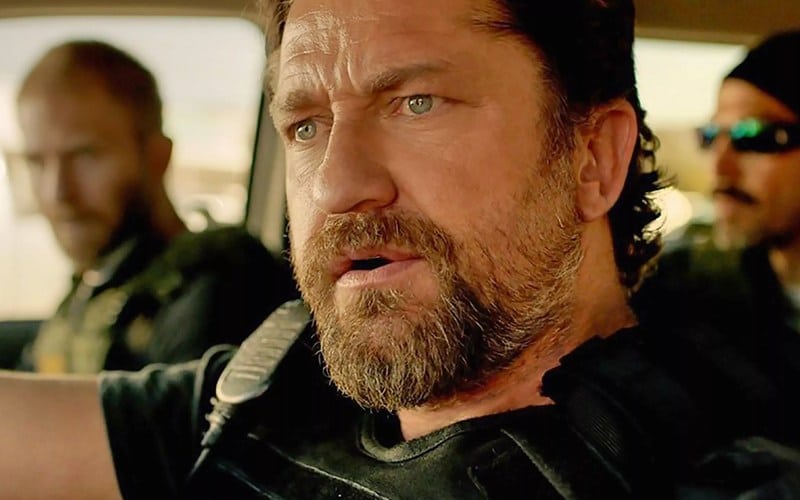
While no one who watched and loved Den of Thieves is under the illusion that it’s anything more than a B-grade Heat clone, it more than hits the spot when it comes to fulfilling cinematic junk food. If Michael Mann’s masterful crime opus is the equivalent of eating out in a five-star restaurant, then Christian Gudegast’s scuzzy counterpart is like the naughty portion of fries you devour at 3 am in a drive-thru parking lot. Gerard Butler plays a character called Big Nick, and he gleefully lives up to the moniker by barraging through every scene like a hulkish brute, fueled by toxic masculinity and nicotine. But he has a cheeky twinkle in his eye the entire time, perfectly straddling that line between macho tour de force and self-aware bonehead. Overall, Den of Thieves ticks off every box in the crime-thriller handbook, but it does so with so much beer gut bravado that you can’t help but admire its seedy charms. – Kieran Fisher

17. Ready Player One
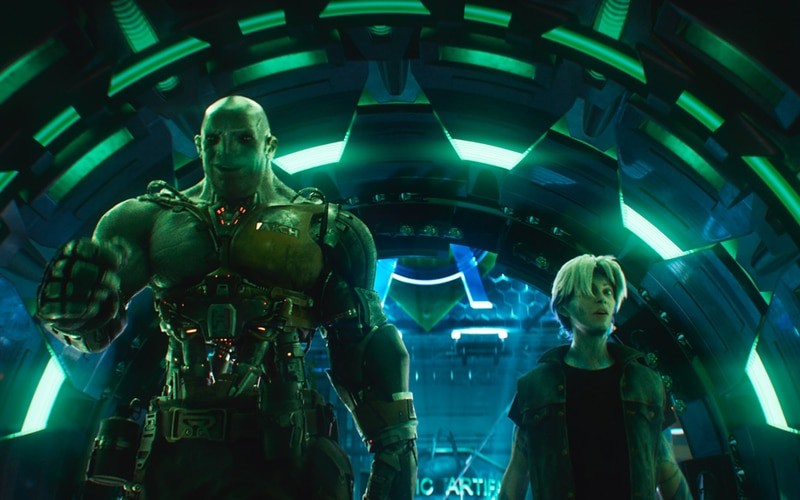
By all counts, Ready Player One should’ve been Spielberg’s biggest misfire. A divisive marketing campaign, casting controversy, and a novel that has the wildest opinions from all-time novel to all-time stinker, this is no Jaws. But this is Steven Spielberg, so why did we ever doubt him? Ready Player One allows Spielberg to go back to his prime where he was making many of the movies that Ready Player One references. By going back to the 80s, he has made a tight film about connecting with others in the digital age and how it is easy to get lost in the vast world of the internet. The cast is great, with Mark Rylance and Simon Pegg standing out as the creators of the Oasis. The Oasis can make your wildest dreams come true, but at what cost? While the movie never reaches the heights of Spielberg classics, it is one of the few pure fun movies has made in the last decade. That is something to cherish for sure. – Max Covill

16. Unsane

While it’s far from a perfect film, Steven Soderbergh’s latest Unsane captures the fear of predatory men that women face every day unlike any film before it. Claire Foy gives a great performance as Sawyer, a woman trying to move on from her stalker and begin anew. This constitutes a horror movie just as much as any other film following a demented man capable of killing. What makes Unsane truly terrifying is that Sawyer is left completely helpless to a horrible man even with countless people around her claiming to want to help her. David is capable of looking and acting like a “nice guy” to fool the rest of the world, just as so many of them do. It’s a slow-moving thriller that is obvious about its iPhone use, but when it starts getting gross, boy does it ever. – Emily Kubincanek

15. Cold Hell
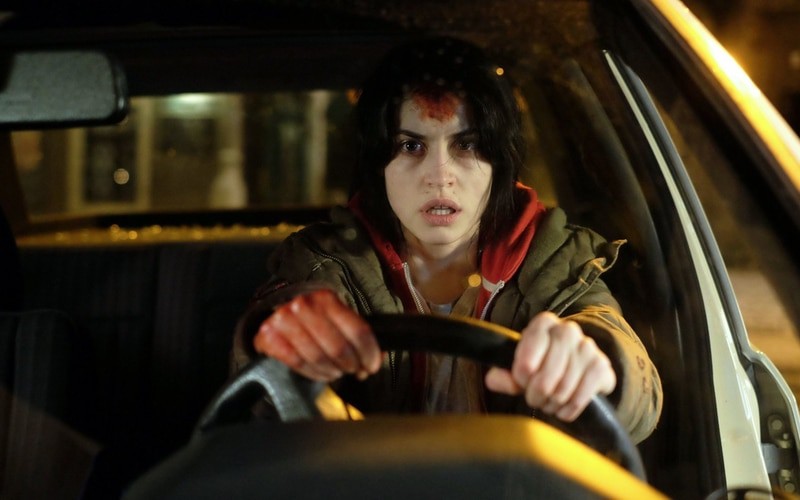
These days it’s depressing to read the news and find out that more women have been abused by abhorrent men. But Cold Hell is a movie for those of us who are fed up with gross dudes and crave violent catharsis. Directed by the Oscar-winning Stefan Ruzowitzky, it tells the story of a woman who struggles to make ends meet, but doesn’t have any problems when it comes to beating the living shit out of any scummy creten who disrespects her. There’s also a serial killer on the loose who’s murdering Muslim women, but when he encounters our heroine he gets more than he bargained for and then some. Cold Hell is one big “Fuck Yeah!” of a movie that takes a powerful stance against abusers and bigots, all through the lens of an exhilarating genre flick with lots of brawling, bloodletting, and car chases. – Kieran Fisher

14. Oh Lucy!
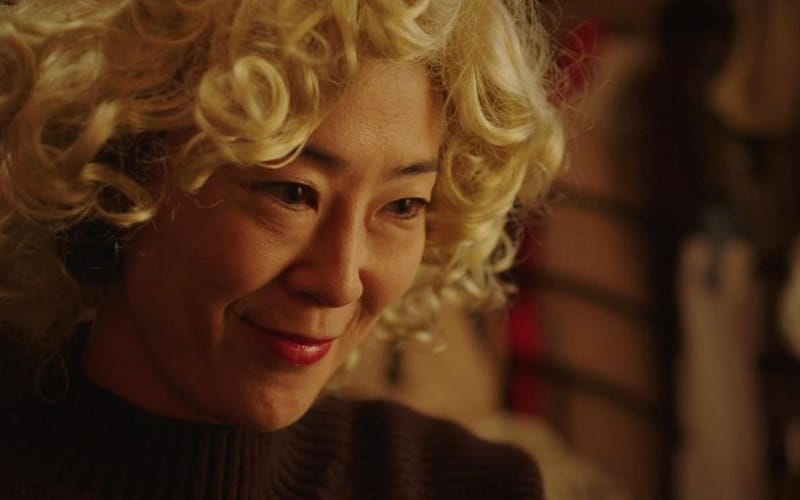
Oh Lucy! is a lot of things. It’s a love story, but it’s also a web of love stories. It’s a clash between cultures, but America and its people are the outsiders. It’s the story of a woman trying to reclaim her life as it crumbles away from her. The film follows Shinobu Terajima as Setsuko, a middle-aged Japanese woman disenchanted with her boring job and single life. She develops a new outlook when she starts to take English classes with a charismatic American named John (Josh Hartnett), but this isn’t the life-affirming story it could be. John is no Manic Pixie Dream Westerner, and Setsuko (or Lucy, as she becomes in class) is not easily saved. Instead the film is a beautiful and intense journey across an ocean and into the hearts of its characters. With dialogue that’s about 70% Japanese and 30% English (and most of that somewhere in between) information is doled out slowly and is sometimes hard to miss, but in a way that’s wonderfully realistic and empathetic. Oh Lucy! is a lot of things, but above all it’s the unique story of a person who doesn’t know she’s broken until she thinks she’s being fixed. – Liz Baessler

13. Isle of Dogs

Wes Anderson’s newest doesn’t stray from what makes him great, but that’s fine. Using a similar stop-motion technique he used for Fantastic Mr. Fox, Anderson tells the story of a boy trying to find his dog. Well, that is the most basic summary of Isle of Dogs. Isle of Dogs is actually future Japan, with an evil cat-loving family trying to manipulate all of Japan into eliminating all dogs, while treading political waters, and delivering a story of redemption all rolled up into a charming little package. Anderson continues his chippy dialog, his all-star casting ensembles, and his delight for the bizarre. There is even a musical score by Alexandre Desplat that calls back to the Japanese films Wes Anderson drew inspiration from. He might have shown hostility to dogs before, but this is Anderson’s salute to dog lovers everywhere. – Max Covill

12. Before We Vanish
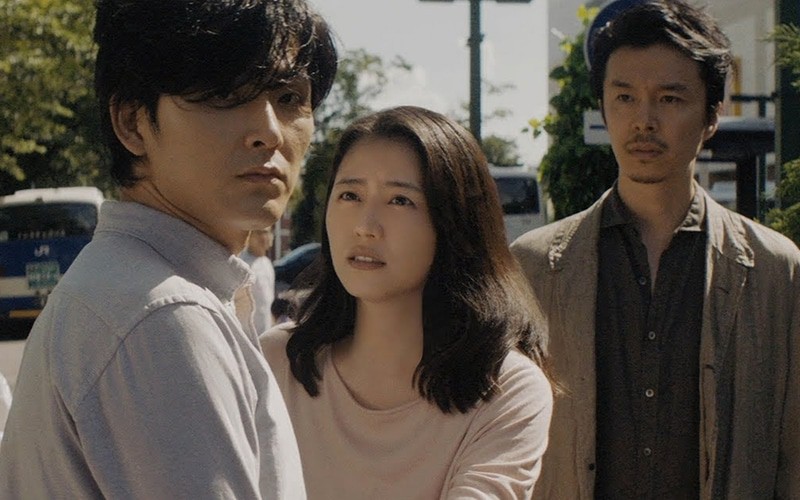
Three aliens arrive on Earth to do a little research before a planned invasion and their somewhat different approaches lead to contradictory behaviors and reactions. Kiyoshi Kurosawa’s latest is at heart a love story, but it entwines its sweetly affecting and warm observations with terrifically cynical conclusions. It’s all very funny when it isn’t busy blowing things up. He teases his horror-related talents with early images of bloody slaughter, but his subtle humor and endless fascination with human communication sit at the forefront of it all. It’s a definite genre-blender, and as such won’t be for everyone, but if you can get on its wavelength the journey is an immensely satisfying and highly entertaining one. – Rob Hunter

11. You Were Never Really Here

Lynne Ramsay transforms Jonathan Ames’ novel of underworld sex trafficking into an examination of the effect violence has on the soul. We disappear into the jumbled psyche of Joaquin Phoenix’s hired gun as he hunts down the missing daughter of a New York senator. Nightmares of past experiences flood his every waking thought, and as he brutalizes his way through various henchman, Phoenix deftly conveys emotional narrative without the crutch of exposition. You Were Never Really Here is a terrifying but brief occurrence. At 90 minutes, Ramsay and Phoenix barely have time to drop a brick on the audience’s head before fleeing towards the end credits. The film is as physical a slap as one can get from cinema. Vicious and unforgettable. – Brad Gullickson

10. A Wrinkle in Time

Imagine that the entire universe is working in harmony for the sole purpose of convincing you that you’re worthy of love. That’s a big, bold idea, but then again everything in Ava DuVernay’s ambitious adaptation of Madeleine L’Engle’s classic kid’s book is big and bold, from the sky-high production value to the sudden appearance of a 20-foot-tall Oprah with jewels in the place of eyebrows. The movie had big hype surrounding it, and its mixed reviews can be pinned mostly on the convoluted source material. In actuality, DuVernay’s epic–which follows an imperfect girl named Meg (Storm Reid) as she searches the universe for her missing scientist father–transformed L’Engle’s work into something more important, leaving out the more muddled plot points and religious overtones in favor of admirably earnest lessons about self-acceptance and generosity of spirit. The film’s vivid visuals bring a high level of artistry to the often lazy live-action family film genre; the sinister planet Camazotz is haunted by a fearful symmetry that DuVernay captures perfectly, and each of the celestial beings serves several unforgettable looks. Take all this plus casual but groundbreaking representations of diversity (for starters, Meg comes from a multicultural family and her natural hair is part of a significant plot point), and A Wrinkle in Time becomes something rare: a film that every parent can feel good about letting their kid watch a thousand times. – Valerie Ettenhofer

9. The Death of Stalin

Armando Iannucci’s commentary on the state of political affairs in the world never ceases to entertain. With the help of then-future Doctor Who Peter Capaldi in 2009, he delivered a searing satire about the relationship between the United States and Britain with In the Loop. He then spent five years working out emotions and frustrations with the chest-straining hilarity of VEEP on HBO. This year, he’s reached back into 1950s Russia for a story of backstabbing, power-hungry men bickering and maneuvering their way through the aftermath of Joseph Stalin’s life. As he’s wont to do, he assembles a sublime cast including Steve Buscemi, Michael Palin, and the brilliant Simon Russell Beale (as the formidable Lavrenti Beria). It’s silly with purpose and absurdly serious work from Iannucci, whose knack for finding delight in the most horrible political acts of men remains unrivaled. Basically, if you think there’s chaos in the real Washington right now, you should see what the Russians were like almost 70-years ago. – Neil Miller

8. The Endless

No one with fewer Oscars than Guillermo del Toro briefly called Justin Benson and Aaron Moorhead’s breakout horror hit Spring “the only Lovecraftian film that has blown me away.” So Messrs. Moorhead and Benson give Lovecraft another nod at the start of their follow-up, The Endless. Horror with emotional muscle, they create Annihilation on a nickel: large, bulbous, fucked-up worlds you can sit down and cry in. Two brothers (Moorhead and Benson) return to a cult, previously ran away from, to satisfy depression, nostalgia. High school sucked, but there you are at a reunion a decade later. “That place is not what you think it is,” one brother warms. Things are not that bad and then much worse than remembered. They run and you get scared. Longtime fans of the duo will be satisfied at the pleasing nod to their debut, 2013’s Resolution, and the world is as pretty as Alex Garland’s shimming plants. But really, this is a masterpiece of post-Primer indie weirdness, as good as the genre gets, chock full of scrawled formulas and feelings. Morehead tells us they’re thinking of “building a deeper mythology” to this world of magic and science, so hook your wagon now kids. – Andrew Karpan

7. Bomb City

I can’t quite put my finger on it, but there seems to be something about our current political moment that inspires movies about small-town punks. From Green Room to The Ranger, young, leather-clad anarchists who fight against unjust systems and are quietly becoming a mainstay in independent cinema. This probably explains why Jameson Brooks’s Bomb City feels so absolutely vital. Retelling the story of a violent – and deadly – conflict between a group of high school athletes and punks in Amarillo, Texas, Bomb City walks audiences through the events leading up to the parking lot brawl, depicting Amarillo in 1997 as a city deeply divided by tradition and class. Bomb City reminds us that the prejudices we see in the world have always and will always find an outlet, be it race, religion, or culture. Here’s to not pretending like violence in small-town America is anything new. – Matthew Monagle

6. Flower
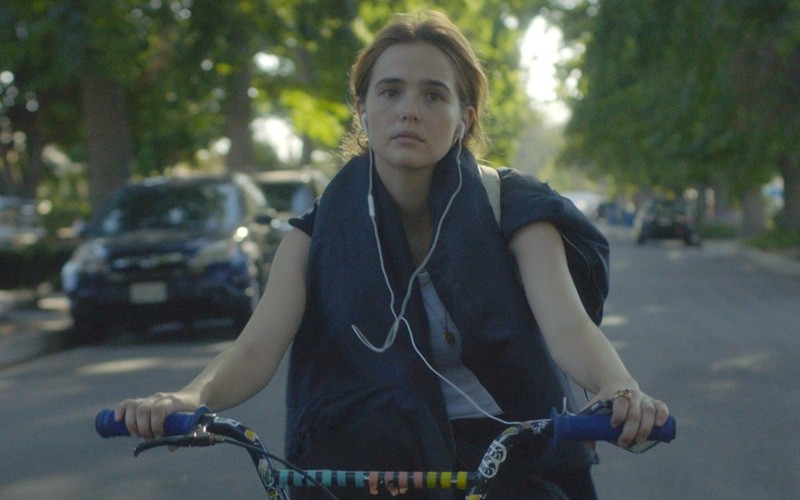
A teenager who fills her days blowing men who should know better and then blackmailing them sees her life’s plan — raising money to bail her dad out of jail — interrupted by the arrival of a soon-to-be stepbrother. He’s awkward and homely, but his past is about to change her future in unexpected ways. This blend of comedy and affecting drama is a highly atypical coming of age tale, and we wouldn’t have it any other way. Zoey Deutch is so ridiculously endearing here despite her status as a problem child, and she keeps you holding on as the story takes nervously entertaining zigs when you expect it to zag. Like the film itself, she refuses to follow the formula and instead leaves viewers wholly unsure where both will end up. – Rob Hunter

5. Game Night
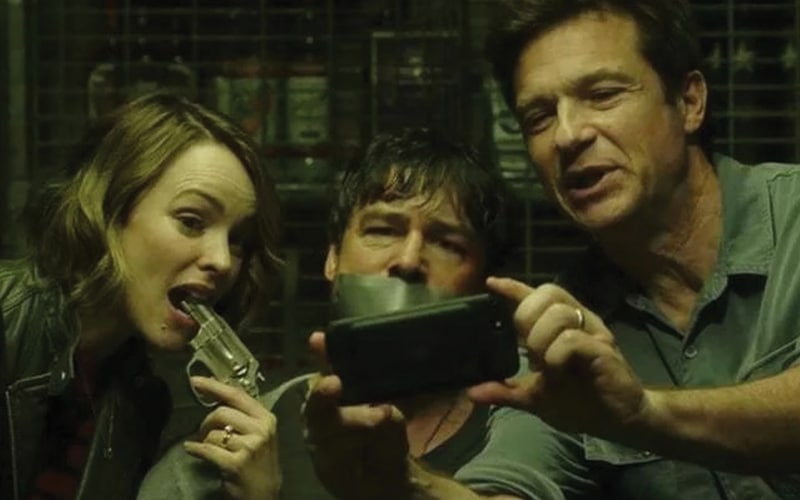
Friends gathering for another boring game night find their minds blown and their lives endangered when one of their own is kidnapped. Or is it all part of the game? Studio comedies have lost quite a bit of shine over the years to the point that most are barely worth being excited about anymore. We had little reason to suspect anything different from Game Night as its directors’ last film was the abysmal Vacation reboot, but sweet Jesus to they get every last beat right this time. The script is smart, witty, and frequently uproarious, the ensemble cast is aces across the board with a standout performance by Jesse Plemons, and the various action sequences are viscerally exciting. Most surprising, aside from it being funny as hell, is its energetic and constantly surprising camera work. It’s the best comedy of 2018 so far and the best studio comedy in years. – Rob Hunter

4. Thoroughbreds

This is cheating, but I won’t be able to sum up this movie better than Rob Hunter did when he reviewed it at Sundance last year: “Writer/director Cory Finley’s debut, Thoroughbreds, is a wickedly sharp, funny, and suspenseful look at the thin divide between our emotions and our actions, and the film finds fault and value in both halves as brought to beautifully engaging life by two incredibly talented young actors. It’s easy to see inspirations as varied as Heavenly Creatures and Heathers, but Finley makes his film unique in approach and effect.” Come for the confluence of Heavenly Creatures and Heathers, stay for the sublime performances of Olivia Cooke and Anya Taylor-Joy, with the bonus of seeing Anton Yelchin one more time (even though his character is anything but likable.) – Neil Miller

3. Annihilation
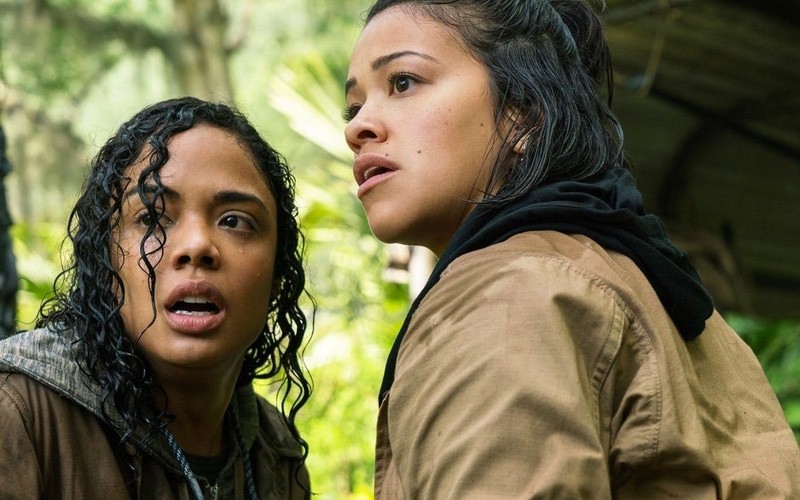
For fans of science in their fiction, Alex Garland’s follow-up to Ex Machina came with the expectation that he’d deliver another incisive rumination on humanity and our relationship to… well, something. For Ex Machina, it was an exploration of our relationship to technology. In Annihilation, it is our relationship to biology and the unpredictability of nature. Once again, Garland’s shines from script-to-screen because he’s mastered three elements of filmmaking: he’s a thoughtful and precise writer, his casting on-point, and he (along with DP Rob Hardy and their VFX collaborators) has a sharp eye for creating drool-worthy, One Perfect Shot-level visuals. The decision to lead his movie with five magnetic women (Natalie Portman, Jennifer Jason Leigh, Gina Rodriguez, Tessa Thompson, and Tuva Novotny) is the thing that sticks out most about Annihilation. Even as this movie gets into some weird territory, their performances keep everything appropriately grounded and emotionally honest. It’s the kind of thing film classes will study years from now as they discuss the sci-fi explosion of our generation. – Neil Miller

2. Paddington 2
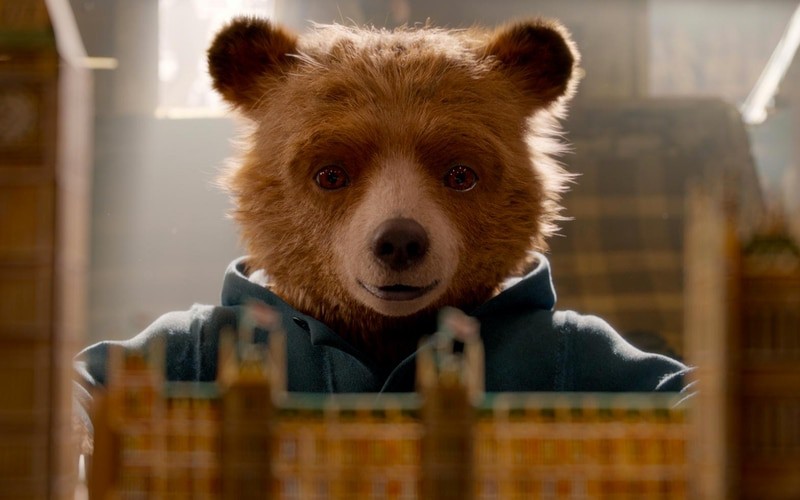
If you haven’t seen Paddington 2, it might be easy to react with cynicism or disbelief to the news that a family film starring a talking CGI animal is one of Rotten Tomatoes’ best-reviewed films ever. But the utterly earnest, unbridled joy of Paddington 2 is something that has to be seen to believed. Paul King’s second outing with the titular bear (voiced by Ben Whishaw) establishes him as a beloved fixture of the Brown family and their cheery London neighborhood – yet it quickly dares to amplify its narrative stakes by putting Paddington in prison, thanks to the machinations of devious washed-up actor Phoenix Buchanan (a phenomenal Hugh Grant). The film is anchored by fantastic character performances by Grant and Brendan Gleeson as Nuckles McGinty, a grizzled prison chef with a heart of gold, and brimming with pitch-perfect sequences of physical comedy involving marmalade and disguises. Yet unlike most mainstream family comedies, it’s also marked by a surprising gentleness and discretion – all the humor of Paddington 2 comes from its empathy. King directs with an incredible care and warmth that shines through the film’s vibrant, jewel-box frames and arguably rivals Wes Anderson, if only because Paddington 2 is so unabashedly sincere in its affection for its protagonist where Anderson normally maintains a droll, self-assured distance. It wouldn’t even be unreasonable to read the film as a direct argument against xenophobia and mass incarceration. Above all, Aunt Lucy’s advice that “if we’re kind and polite, the world will be right” is a line that all audiences should take to heart. – Aline Dolinh

1. Black Panther
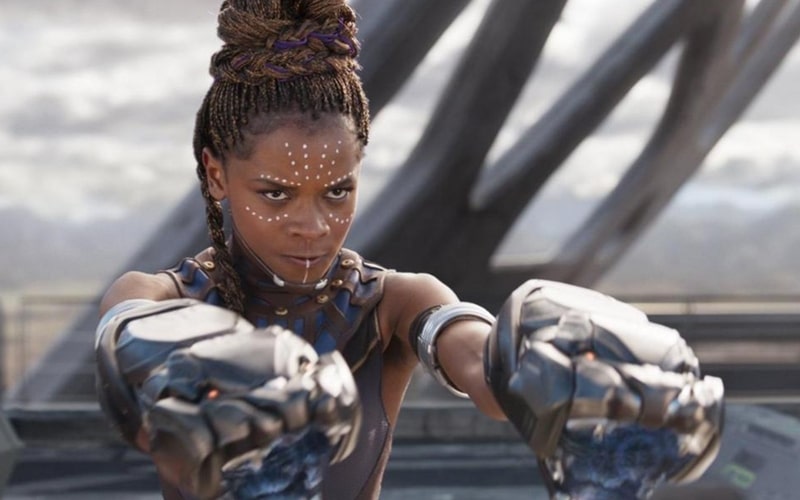
Judging by its box office performance, there was an audience out there waiting for a movie like Black Panther. A massive afro-futurist superhero film with a primarily black cast that builds a world, unlike anything we’ve seen before from Marvel Studios, and populates it with characters with whom we’d spend unlimited time (if possible). But there’s even more to it than becoming the highest grossing superhero movie of all-time. When you sit down and witness Black Panther in the vacuum of a dark theater, it’s a blast. Ryan Coogler delivers an impressive mix of action and character work, his DP Rachel Morrison (who recently became the first woman to earn an Oscar nom among cinematographers) shoots for maximum grandiosity, and the cast oozes cool. It may have solved Marvel’s villain problem. It definitely gave us a new favorite MCU character (Letitia Wright’s Shuri). And yeah, we’re talking Best Picture (even though it’s way too early to be talking Best Picture). So far in 2018, there aren’t other movies like Black Panther. There isn’t a movie that has found more success at the box office. There isn’t a movie that has found as much success with critics. And there isn’t a movie that has mattered more than Black Panther matters. It’s the best and brightest of a year that’s off to great start. – Neil Miller
The post The Best Movies of 2018 So Far appeared first on Film School Rejects.

 Based on the book “Charlie and the Chocolate Factory” by Roald Dahl, this movie would seem a victim of being ripped off if its clear influence wasn’t so acknowledged by everyone involved with Ready Player One. Spielberg went so far as to offer Gene Wilder, who played the titular a role, a similar part in his new movie — fortunately the late actor declined, since that would have been too on the nose.
Based on the book “Charlie and the Chocolate Factory” by Roald Dahl, this movie would seem a victim of being ripped off if its clear influence wasn’t so acknowledged by everyone involved with Ready Player One. Spielberg went so far as to offer Gene Wilder, who played the titular a role, a similar part in his new movie — fortunately the late actor declined, since that would have been too on the nose.![]()
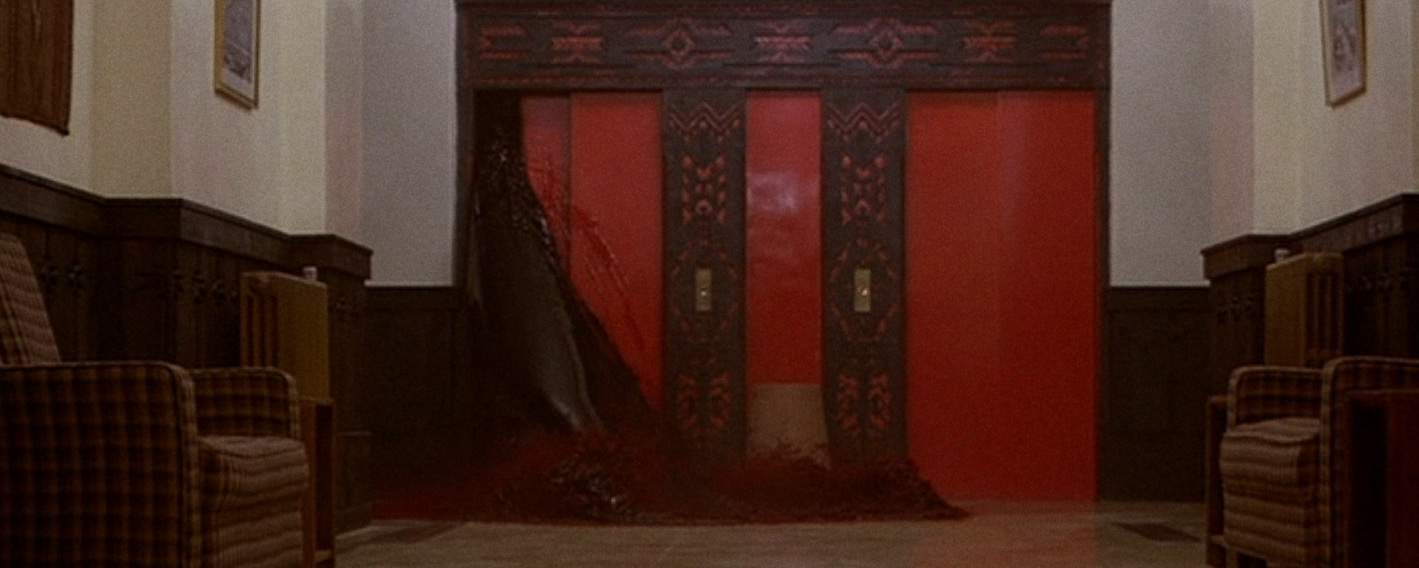 One of the most significant movies of reference in Ready Player One, this Stephen King adaptation is actually meticulously recreated in Spielberg’s movie and employed as the setting of one of its virtual reality puzzles. After realizing a clue refers to King’s dislike of this film version of his 1977 novel, the heroes enter The Shining itself and navigate its Overlook Hotel setting, complete with encounters with the Grady twins, the bathing woman from room 237, the elevator blood deluge and the hedge maze.
One of the most significant movies of reference in Ready Player One, this Stephen King adaptation is actually meticulously recreated in Spielberg’s movie and employed as the setting of one of its virtual reality puzzles. After realizing a clue refers to King’s dislike of this film version of his 1977 novel, the heroes enter The Shining itself and navigate its Overlook Hotel setting, complete with encounters with the Grady twins, the bathing woman from room 237, the elevator blood deluge and the hedge maze.![]()
 Halliday is compared to Steve Jobs in Ready Player One, but he’s also somewhat inspired by the real-life tech legend and Apple co-founder. More than singularly based on Jobs, though, the relationship between Halliday and Ogden Morrow is very much akin to that of Jobs and Steve Wozniak, the other founder of Apple and Jobs’s former best friend. Basically, both pairs of partners had a falling out. Morrow is more aligned with Wozniak than Halliday is with Jobs, actually, with the character’s back story and career modeled more on the lesser known man.
Halliday is compared to Steve Jobs in Ready Player One, but he’s also somewhat inspired by the real-life tech legend and Apple co-founder. More than singularly based on Jobs, though, the relationship between Halliday and Ogden Morrow is very much akin to that of Jobs and Steve Wozniak, the other founder of Apple and Jobs’s former best friend. Basically, both pairs of partners had a falling out. Morrow is more aligned with Wozniak than Halliday is with Jobs, actually, with the character’s back story and career modeled more on the lesser known man.























